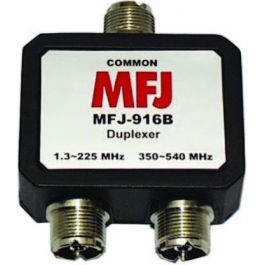ScubaJungle
Active Member
I really am considering buying a second scanner, so I can have one dedicated to PS while another scans other things like local business, security, hospital, airband/milair, etc, (although I could always just use the 436 for VHF/UHF and SDS for PS). I see so many conflicting reports regarding analog VHF/UHF with SDS so, two main things that I haven't been able to come to a conclusion on in my research:
1. Has anyone seen the SDS available on Amazon or another site for a more reasonable price?
The reason I say this is because, on scanner master and similar sites, the 436 is priced at a ridiculous $470-$500, whereas the price on Amazon is regularly between $350-$400 (I got mine for $378). So, if they have the 436 for $100 more than it could be, how much more is the SDS than it could be..
2. The other thing that is a bit of a worry for me is, how has VHF/UHF coverage been with the SDS100 for everyone?
1. Has anyone seen the SDS available on Amazon or another site for a more reasonable price?
The reason I say this is because, on scanner master and similar sites, the 436 is priced at a ridiculous $470-$500, whereas the price on Amazon is regularly between $350-$400 (I got mine for $378). So, if they have the 436 for $100 more than it could be, how much more is the SDS than it could be..
2. The other thing that is a bit of a worry for me is, how has VHF/UHF coverage been with the SDS100 for everyone?


